PDF chapter test TRY NOW
Plants that are grown for aesthetic reasons or decorative purposes are called ornamental plants.
Ornamental plants are placed in gardens, botanical gardens, landscape design projects, houseplants, and specimen displays.
Example:
Jasmine, Rose, Chrysanthemum, Carnation, Gerbera
Producing flowers from floral plants is called floriculture.
Ornamental plants are generally used to decorate houses, gardens and parks. These plants can be shrubs, climbers or even trees.
- Shrubs like hibiscus, crape jasmine and crotons are planted.
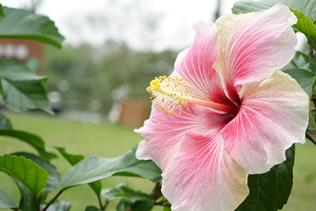
- Climbers like mullai, allamanda and bougainvillea are planted.

- Trees such as golden shower tree, mandarai, delonix tree (flame of the forest).
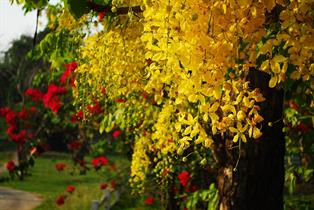
The interrelationship between plants and animals
Plants are autotrophs that produce food on their own through the process of photosynthesis. Animals rely on plants for food as well as shelter. The relationship that exists between plants and animals not only benefits animals but also is beneficial for plants as well as for humankind.
Let us discuss how these interrelationships benefit each other as well as others.
1. Helps in economic significance:
The relationship between the animals and plants is of economic importance.
Example:
Silk is produced by silkworms, which feed on mulberry leaves when they spin their cocoon. The silkworms live only in the mulberry plants. This relationship that exists between the worm and the plant is economically useful for the production of silk.
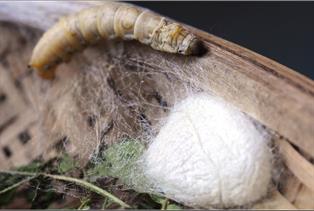
Silkworm
2. For the cross-pollination of plants:
Animals and birds are required for the cross-pollination of plants. Cross-pollination is due to insects as well as the wind. The bright colour of the flowers, the smell or the scent of flowers, and honey attracts birds and insects.
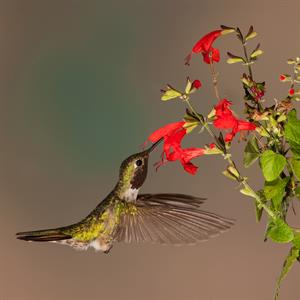
Hummingbird sucking nectar
When insects move from one plant to another, the pollen grains from their body gets transferred to the other flower, which results in cross-pollination. It occurs in many varieties of fruit trees. Also, for the production of hybrid crop seeds, cross-pollination is essential.
In some plants, there is an increased yield when pollination takes place through insects. In some plants like sunflowers, almonds, and beans, there is a complete dependency on insect pollination.
These pollinators (insects and birds) are thus to be protected to produce the best yield.
Important!
Bees are the best pollinators which give honey.
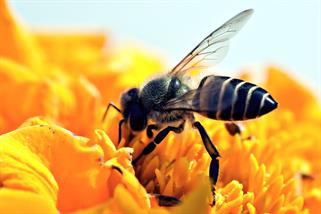
Honeybee collecting nectar
3. Source of food for animals:
Plants and algae that are present in the coral reefs are food for a variety of fishes that are present there. These serve as sources of food where fisheries are carried out.
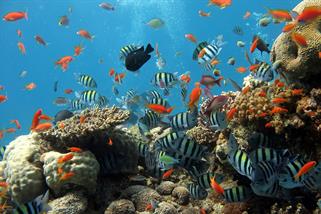
Coral reefs
Thus we can see that the animals, and birds, play an important role in spreading seeds of various plants. The birds' digestive enzymes soften the protective layer of the seed that enables the process of germination.
If the natural relationship between the animals and plants is affected, there is an effect or impact on the economy.
If the natural relationship between the animals and plants is affected, there is an effect or impact on the economy.
Ecology is the science that deals with the inter-relationship between plants, animals and the environment.
Reference:
https://www.flickr.com/photos/guojerry/7267496528
